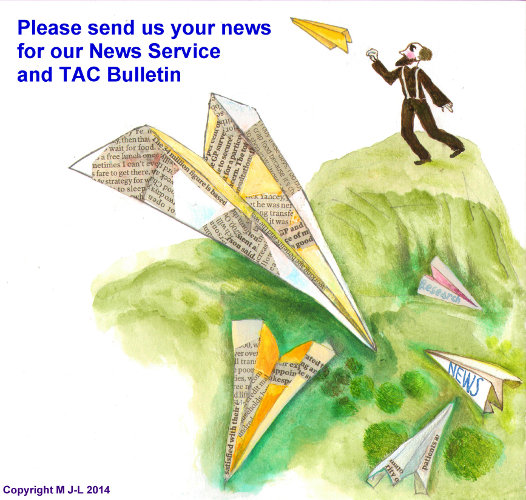The Team Around the Child (TAC) approach as part of effective integtated early child and family support
The TAC approach, based in systems theory, was designed by Peter Limbrick in the UK for babies and pre-school children who have significant challenges to their developmenmt and learning. A small individualised TAC is established around each child and family. Parents are full members!
Each child’s TAC is more effective, creative, wise and powerful than the individual people in it. Membership is determined by parents and the number is kept low so that it is child and family-friendly.
The purpose of a TAC is to prevent the fragmentation and chaos that families often experience when the people working with the child keep their work separate from each other. Each individual TAC can:
- Understand that all aspects of the child (e.g. personality, strengths, weaknesses, preferences, genetic inheritance) interact with each other
- See the child within the bigger systems of close and wider family and community
- Perceive each child’s impairments and conditions as interconnected parts of her or his unique multifaceted condition
- Bring together the people closely involved into a whole intervention system around the child and family
- Integrate separate treatments, therapies and educational programmes into a whole approach
The most recent book about this is 'Early Child and Family Support Principles and Prospects: For parents and practitioners impatient for change' (2022)
The Basics of TAC - Multiagency - Multidisciplinary - Transdisciplinary
The Team Around the Child approach is easily understood by families and paid workers. Key people, who already provide practical support to the child and family, who are trusted by the parents and feel comfortable in their relationship, agree to join together regularly in the child’s TAC meetings.
The purpose of these meetings is to tell each other about the approach they are using, agree what the needs of the child and family are and create a unified action plan that integrates all strands of support, no matter which agency or person is providing them. This plan is reviewed and modified as necessary at successive TAC meetings. The child’s TAC is kept small so that it does not become a case conference in which parents might be overwhelmed, disempowered and afraid to speak.
Parents are full TAC members and become powerful with other members in planning support for their child and family. Each TAC carries more authority in speaking for the child and family than does any other person or group in the networks around the child. TAC meetings are informal and have an atmosphere of warmth, positiveness, reassurance and helpfulness. Familiarity, empathy and honesty are key elements in the relationships between TAC members. This attitude of basic human decency paves the way for trust and genuine partnership.
The Team Around the Child approach represents collective action by people genuinely concerned and knowledgeable about the child and family. The child is viewed holistically and as part of a whole family. The action plan is then correspondingly all-embracing. The approach promotes horizontal rather than vertical hierarchical relationships so that people treat each other on equal terms.
Local authorities that have established TACs for their children have usually done so as a collective enterprise between health, education, social services and perhaps the voluntary sector.
In the TAC approach there are clear advantages for children and families when the people supporting them join together. It is also my experience that paid workers benefit too from mutual support in facing challenging situations, sharing difficult and complex decisions and being in a small familiar group for celebrating successes and sharing frustrations.
In TACs, paid workers enhance their ability to perceive each child as a whole and as part of a family and have reassurance that their work with them is part of a plan agreed collectively by the people who know most about the child and family.
For more information and for training and support contact: This email address is being protected from spambots. You need JavaScript enabled to view it.



